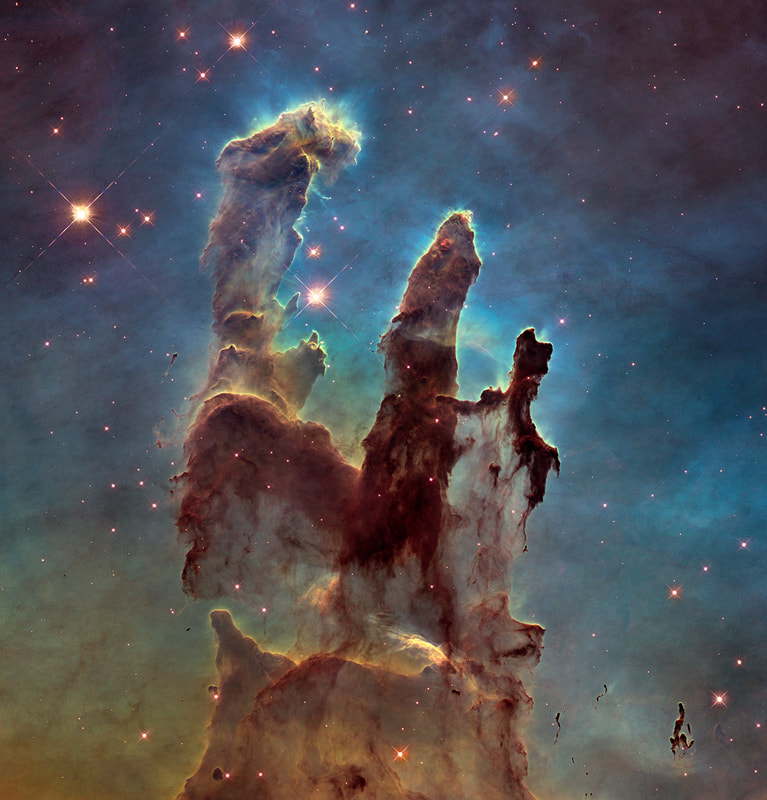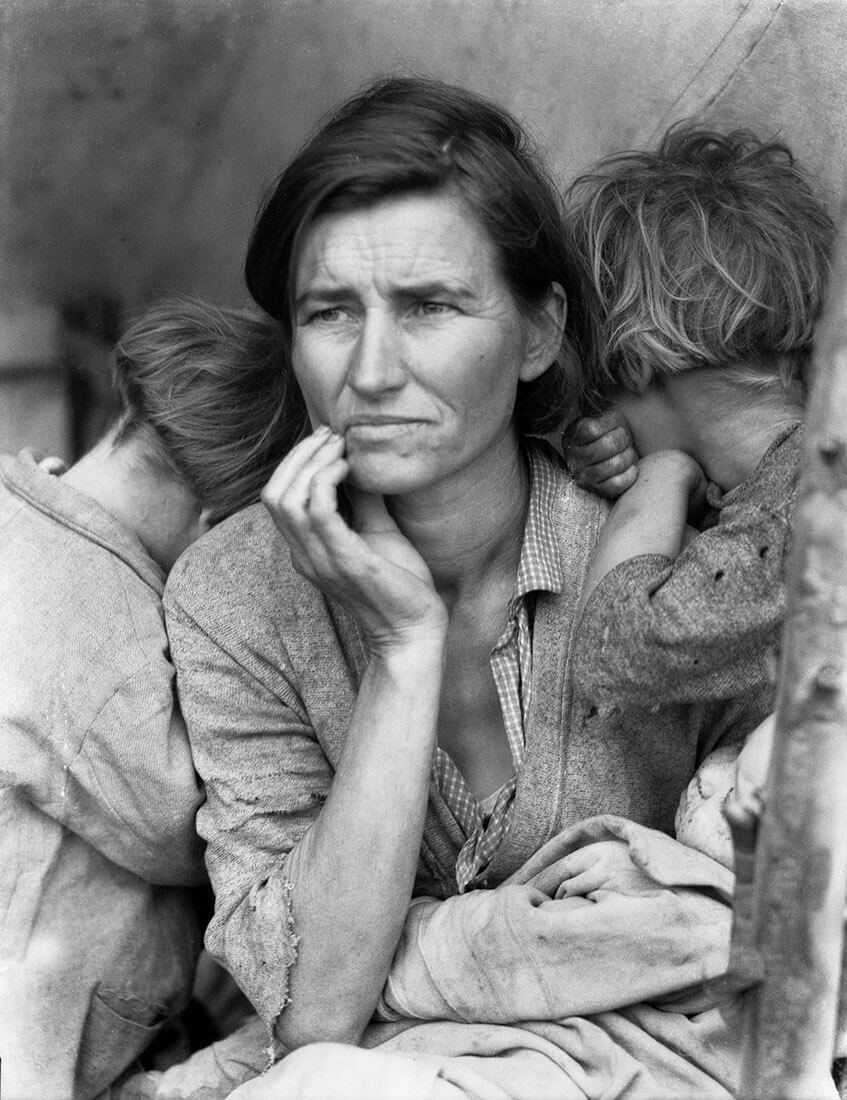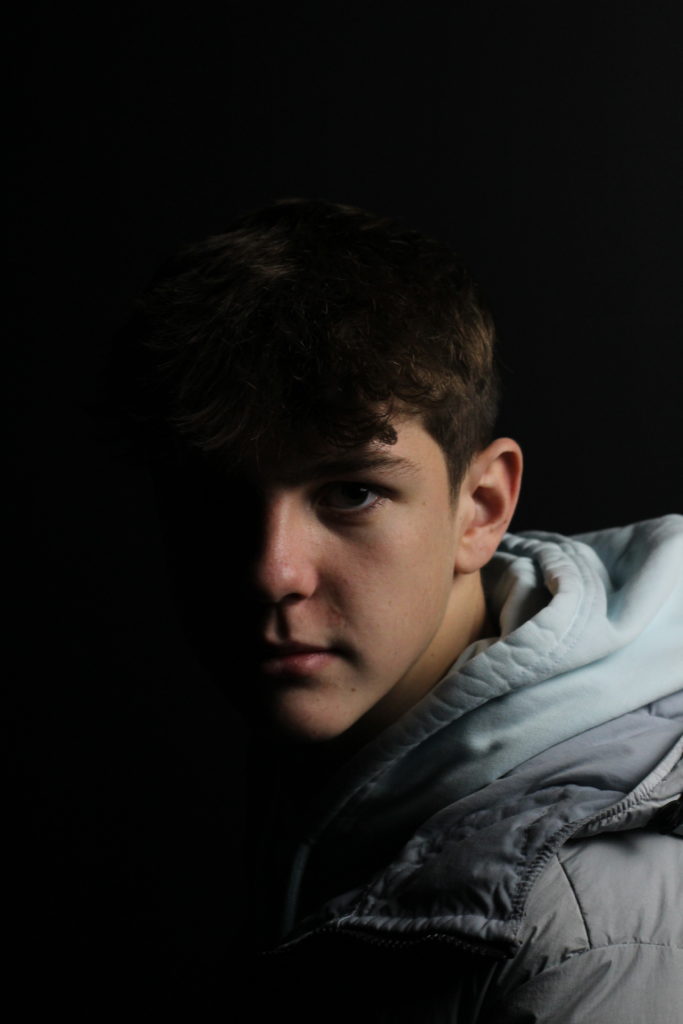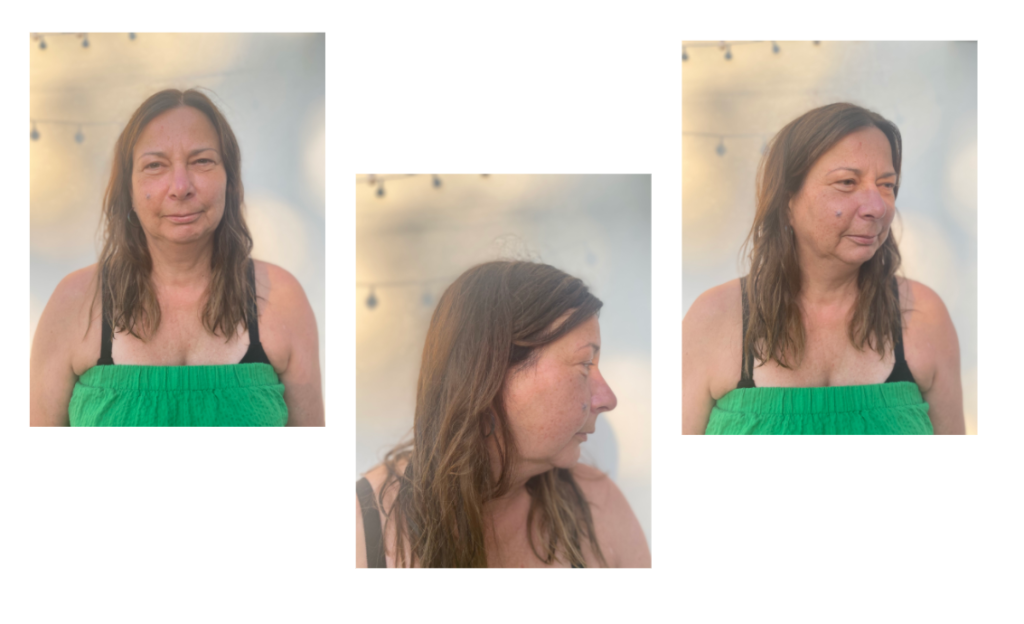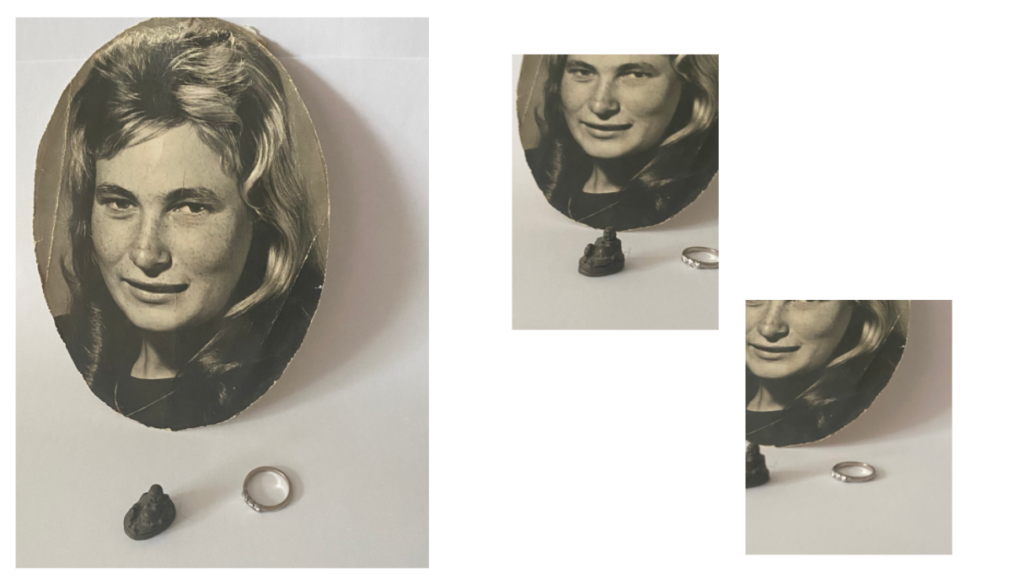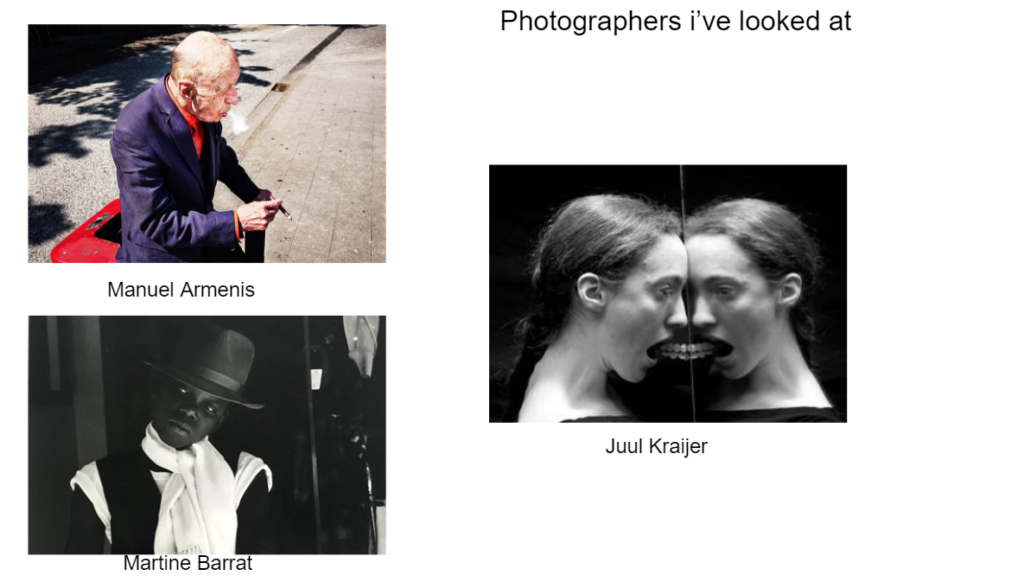Photography plays an important part in everyone’s day to day life, it lets us see the world from an entirely different perspective. By capturing the present we are able to look at the past, the places, the people and tell stories that would otherwise be forgotten. So what is photography? It’s the craft of creating images by capturing light using a camera.
Functions of photography vary from artist to artist and what they are trying to accomplish. For example a wedding photographer may aim to capture fun and important moments from the event in order for friends and family to enjoy and remember it for years to come. A wildlife photographer on the other hand, could aspire to inspire people to protect endangered species and make a real change.
There are multiple genres of photography all of which are important to understand as a photographer since they could influence your style and technique. The three primary genres include: Nature Photography, People Photography and Manmade Objects. The next part will focus on explaining the most common photography styles everyone should know.
Landscape – Involves capturing the presence of nature and natural scenes. This doesn’t always mean huge maintain ranges and meadows, landscape photography can be microscopic.
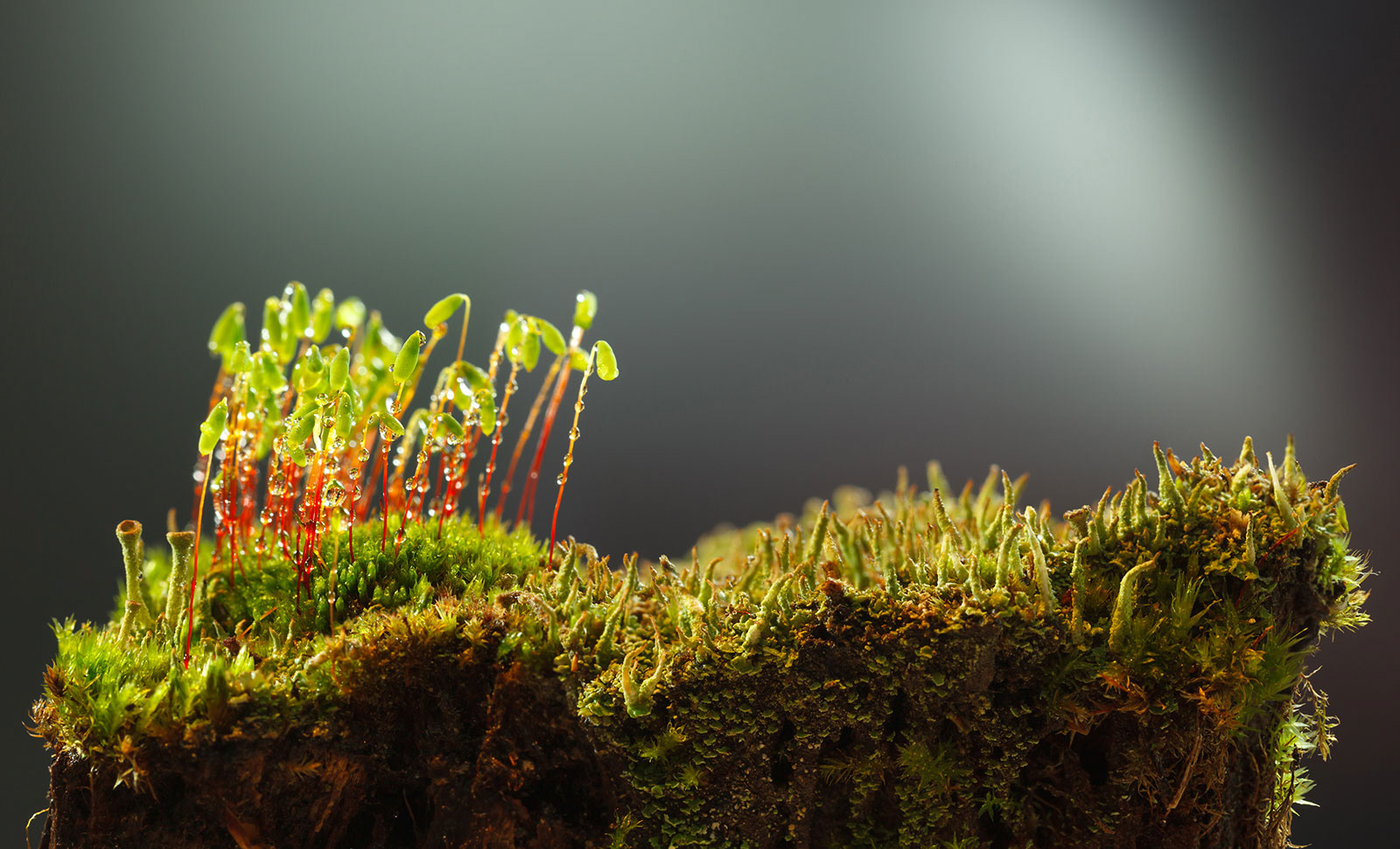
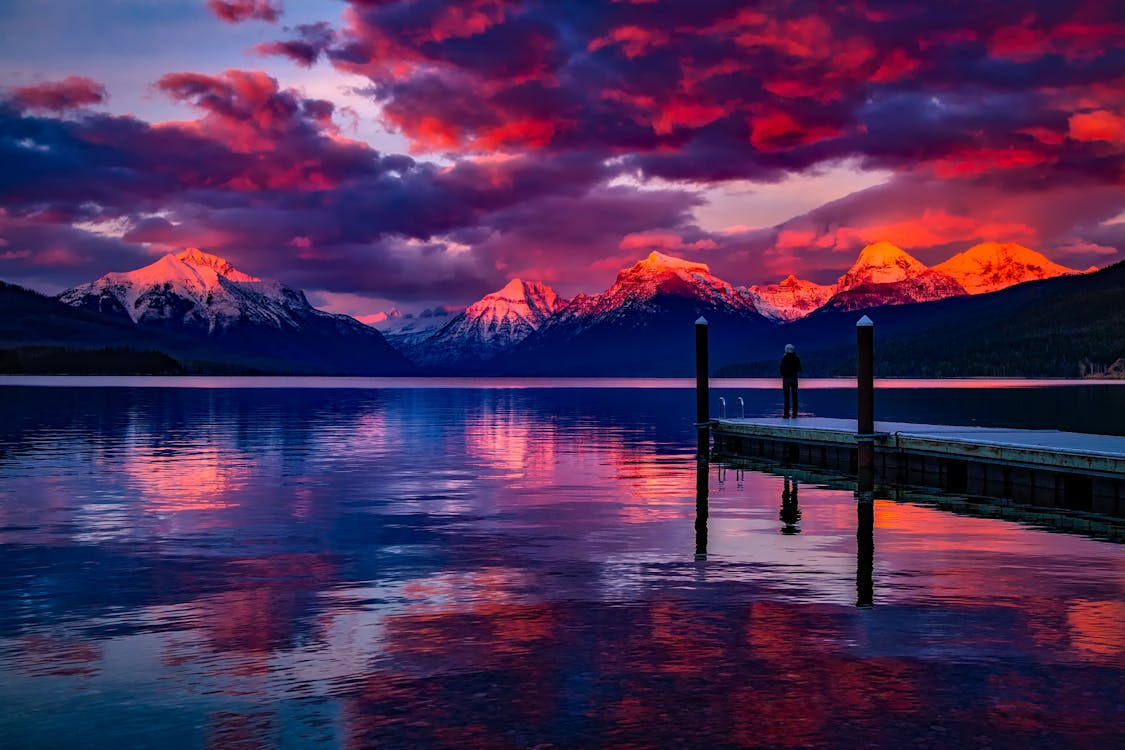
Abstract – Uses colour, light, shadow, texture and shape in order to produce a feeling, sensation or impression without presenting the object or scene that’s actually being photographed.

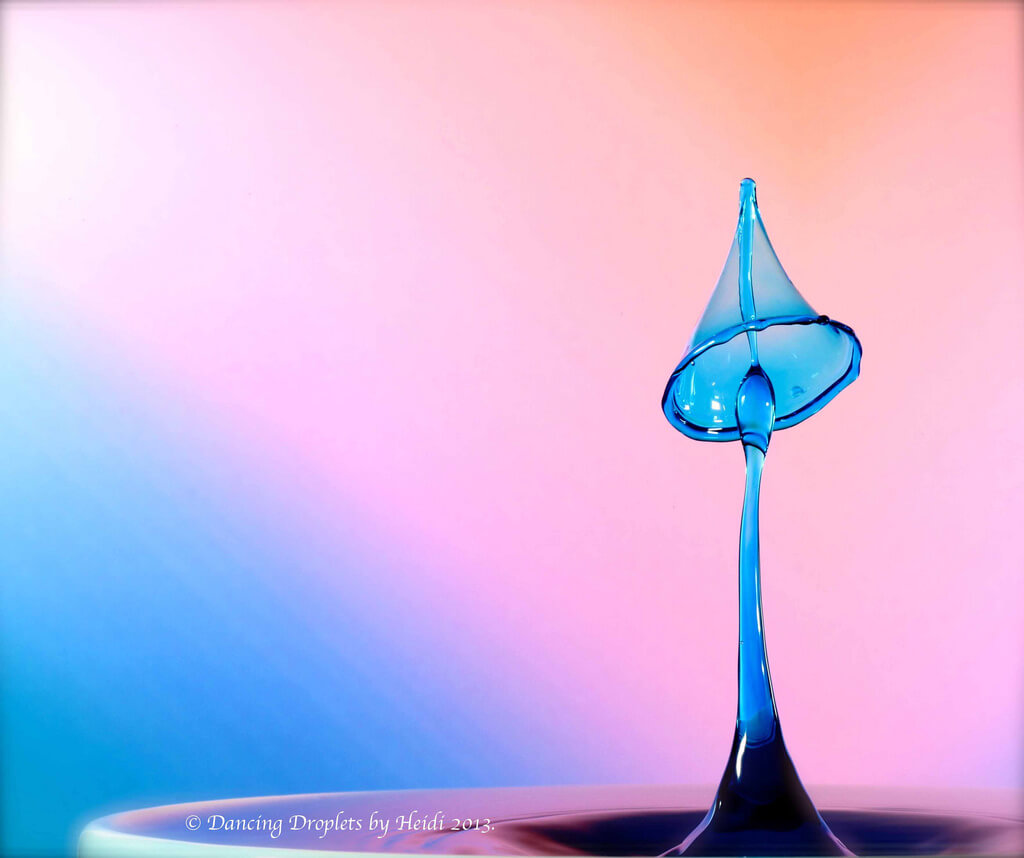
Portrait – Capturing a person or group of people in the way where everything, from the backdrop to the lighting, conveys the personality of the model in one shot.


Sports – Self explanatory, sports photography captures all kinds of sports. Its main application is usually for editorial purposes such as sports magazines.


Travel – Documents places and their historical, cultural and touristic aspects.


Macro – Photographs close-ups of mostly very small subjects such as plants and insects. Not to be confused with micro photography which uses actual microscopes.


Fashion – Capturing models in clothing and other fashion accessories for editorial or advertising purposes.


Documentary – Provides records of events, people and places, adding to a particular storyline, often important historically.


Street – Capturing a scene in a public place. Those photographs are usually candid; unstaged and spontaneous.


Still life – Consists of arranging inanimate objects in an aesthetically pleasing manner. Usually shot for personal, commercial or editorial purposes.


Architectural – Capturing aesthetically pleasing shots of a building’s interior or exterior.


From the moment the first photograph was taken, many have debated whether the practise of photography is an art form or a just a way of using science to capture reality. Before we start answering this question ourselves it’s important to understand what art really means. Art is by definition is the conscious use of skill and creative imagination especially in the production of aesthetic objects. The most common argument against photography being an art is that photography captures reality but doesn’t create a subjective reality. However, aesthetic photographs often blur the line of objective reality.
“You can’t depend on your eyes when your imagination is out of focus” – Mark Twain
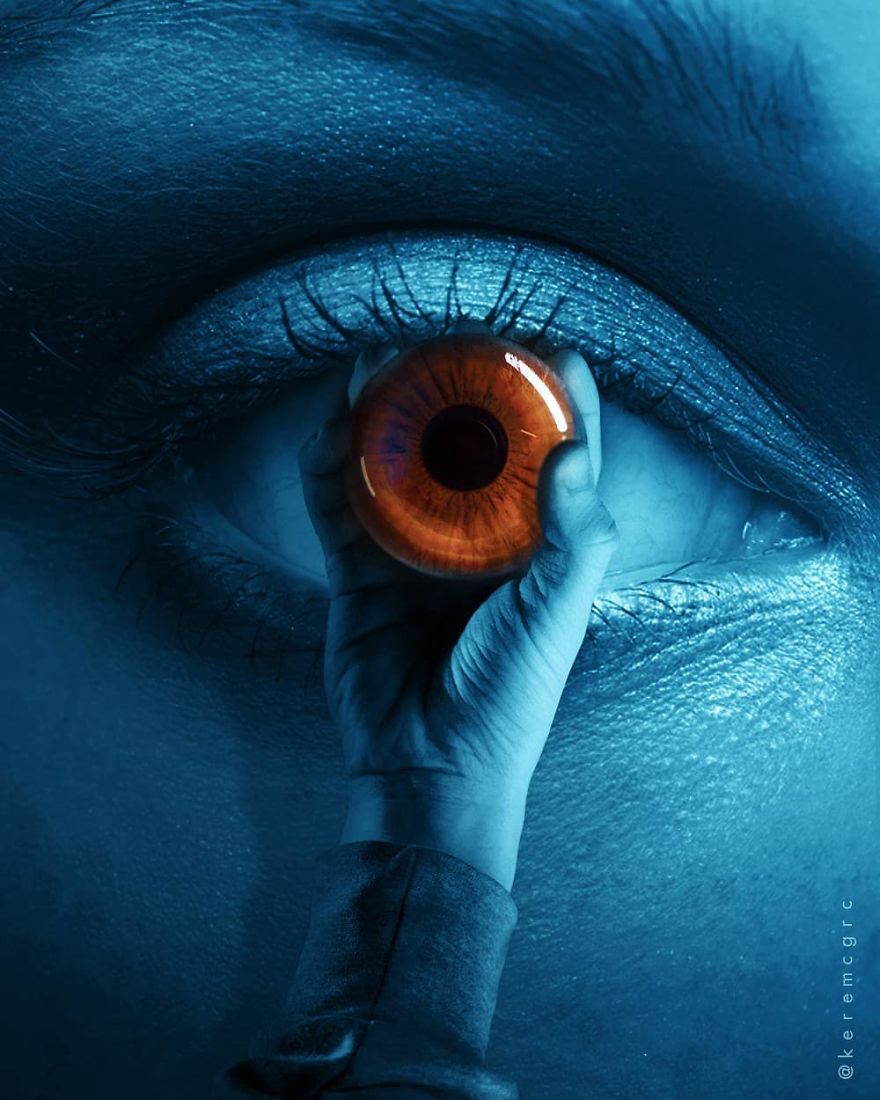
That being said, it would be unreasonable to consider every photograph ever taken art. One can argue that only images that evoke an emotional response should be considered art. Since the photographer consciously makes creative choices about the lighting, framing, subjects, technical settings and editing as well as the overall symbolism and meaning of the photograph, we should be able to call a photographer an artist and therefore, photography an art form.
Now that we have accepted photography as an art form we should talk about photography as a science.
Photography originated from a collaboration of scientists trying to discover a way to permanently capture light on a flat surface. The first photograph was taken in 1826 by a french physicist and inventor Joseph Nicéphore Niépce. This wouldn’t be possible without the use of chemistry and physics. Since then the study of photography came a long way, today photography gives back to science, helping us record and document significant findings.
“Photography, born of and shaped by science, transformed the nature of observation and stretched the parameters of knowledge and humanity’s sense of itself”
— Marvin Heiferman
